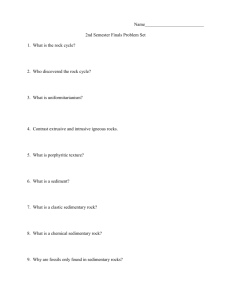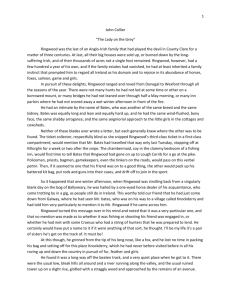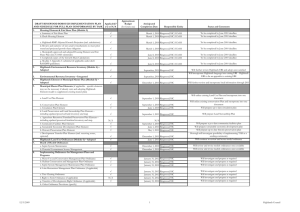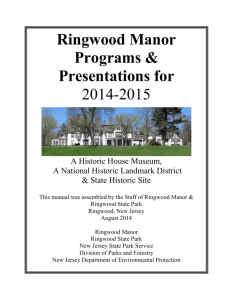PLANET+EARTH
advertisement
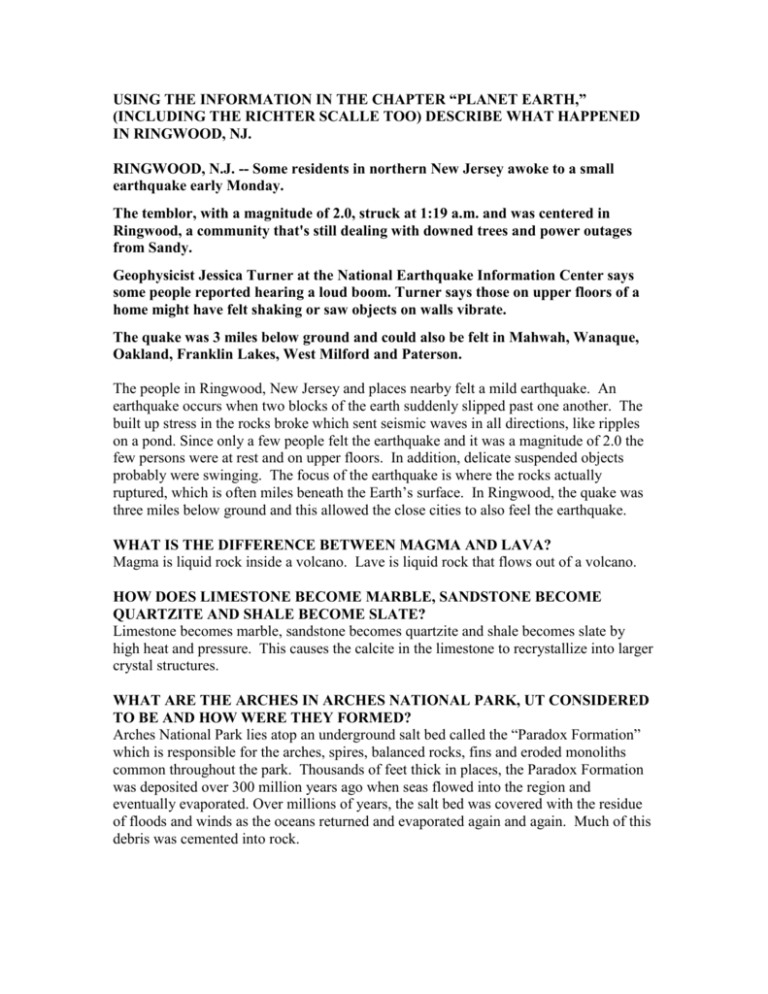
USING THE INFORMATION IN THE CHAPTER “PLANET EARTH,” (INCLUDING THE RICHTER SCALLE TOO) DESCRIBE WHAT HAPPENED IN RINGWOOD, NJ. RINGWOOD, N.J. -- Some residents in northern New Jersey awoke to a small earthquake early Monday. The temblor, with a magnitude of 2.0, struck at 1:19 a.m. and was centered in Ringwood, a community that's still dealing with downed trees and power outages from Sandy. Geophysicist Jessica Turner at the National Earthquake Information Center says some people reported hearing a loud boom. Turner says those on upper floors of a home might have felt shaking or saw objects on walls vibrate. The quake was 3 miles below ground and could also be felt in Mahwah, Wanaque, Oakland, Franklin Lakes, West Milford and Paterson. The people in Ringwood, New Jersey and places nearby felt a mild earthquake. An earthquake occurs when two blocks of the earth suddenly slipped past one another. The built up stress in the rocks broke which sent seismic waves in all directions, like ripples on a pond. Since only a few people felt the earthquake and it was a magnitude of 2.0 the few persons were at rest and on upper floors. In addition, delicate suspended objects probably were swinging. The focus of the earthquake is where the rocks actually ruptured, which is often miles beneath the Earth’s surface. In Ringwood, the quake was three miles below ground and this allowed the close cities to also feel the earthquake. WHAT IS THE DIFFERENCE BETWEEN MAGMA AND LAVA? Magma is liquid rock inside a volcano. Lave is liquid rock that flows out of a volcano. HOW DOES LIMESTONE BECOME MARBLE, SANDSTONE BECOME QUARTZITE AND SHALE BECOME SLATE? Limestone becomes marble, sandstone becomes quartzite and shale becomes slate by high heat and pressure. This causes the calcite in the limestone to recrystallize into larger crystal structures. WHAT ARE THE ARCHES IN ARCHES NATIONAL PARK, UT CONSIDERED TO BE AND HOW WERE THEY FORMED? Arches National Park lies atop an underground salt bed called the “Paradox Formation” which is responsible for the arches, spires, balanced rocks, fins and eroded monoliths common throughout the park. Thousands of feet thick in places, the Paradox Formation was deposited over 300 million years ago when seas flowed into the region and eventually evaporated. Over millions of years, the salt bed was covered with the residue of floods and winds as the oceans returned and evaporated again and again. Much of this debris was cemented into rock. WHAT IS THE DIFFERENCE BETWEEN WEATHERING AND EROSION? IF THERE ARE RUTS IN YOUR YARD AFTER IT RAINS VERY HARD, WHAT WOULD YOU CALL THAT, WEATHERING OR EROSION? Weathering is the breaking down of rock by wind and water and erosion is the displacement of the resulting materials. If there are ruts in my yard after it rains very hard, I would call that weathering. I would call it weathering because the rain which is water is breaking down the rocks. WHEN YOU PLANT SOMEHTING IN THE GARDEN WHAT COULD BE IN THE SOIL IN WHICH YOU PLANT IT? Soil is made up of rock, sand, clay, silt, air, water and organic material called humus. It forms when rock weathers and erodes and is mixed with other materials to include organic matter. Soil serves as a medium in which plants can grow and a habitat for a plethora of animals to include insects, worms, bacteria and other organisms.


